2020 Art WorkshopsI am currently in the process of organising this years art workshops and will be included in the winter newsletter which will be Emailed out to subscribers hopefully by the end of this month. All details will be posted on the step by step art CHESTERFIELD WORKSHOP page once available and added to social media pages for this site & my KMB social media pages too, ensuring a larger audience reach. Every year I choose 3 or 4 subjects for the Coloured pencil & Graphite pencil workshops which include varying techniques and surfaces to previous years, ensuring each workshop is different to another. Coloured pencil workshops using textured paper are somewhat easier for a complete beginner than the workshops working on smooth paper, however every workshop available can be attended by any artist regardless of their calibre, even if they have NEVER drawn anything since their time at school! To find out more about our workshops, click any one of the following links to visit the page of interest: Reviews & TutorialsHere are the latest articles and mini tutorials that can be found on the Step by step art website. Included are a selection of independent reviews on multiple mediums and art products as well as the very latest tutorials - click on any of the images below to visit the page of interest. You can also find lots more reviews on art products on our 'ARTICLES' page with new ones added every 3 - 4 months. Latest product reviews
New Mini Tutorials
You can always request a specific article or mini tutorial and if I am able to provide that information, it could be included in a future article. Please get in touch with your idea at: [email protected]
Finally, you can always SUBSCRIBE to our quarterly newsletter, ensuring you receive the very latest articles, delivered straight to your E-mail.
0 Comments
I have recently completed a new article about coloured pencil blenders & burnishers and how best to use them. As I actively encourage people to get in touch if they would like to see a specific article or tutorial, this is one of them, which I thought would be a great subject to review. With thanks for the article request!
Although I own 3 different blenders and a burnisher myself, I forgot I had them and it gave me a great opportunity to try them all out and compare them, sharing with everyone my thoughts and findings. If you are looking to find out what blenders & burnishers can offer you as a coloured pencil artist, or are new to blenders/burnishers and would like to know what they can achieve and how best to use them, why not take a look at this article - I was surprised to learn you can actually use them with graphite pencils too, although have not tried it myself. If you would like to request an article, please get in touch - it's always great to hear feedback too if you wish to share your own experience on using any of these products so feel free to comment below. If you know someone who may find this article interesting, feel free to 'like' on Facebook or 'tweet' on your Twitter page! I hope you find this article very helpful! Karen :)
Feel free to 'like', 'share' or leave a comment should you wish.
I hope this article is very helpful to newbies to graphite pencils.
Venue: Bonsall Court Community Centre, Off Bowness Road, Newbold, Chesterfield, Derbyshire, S41 8AW THIS WORKSHOP HAS BEEN COMPLETED
|
AuthorKaren M Berisford Archives
March 2024
Categories
All
|
QUICK LINKSArticles
Art Tutorials Art Workshops Workshop Gift Vouchers Art Blog About ko-fi Our social media page About the Tutor Contact Site Map Vertical Divider
|
HOW TO SUPPORT USThank you for visiting our website, which offers valuable global resources for artists. We strive to provide a pleasant browsing experience by keeping our site advertisements-free. We do not earn money from this website, but you can show appreciation by buying us a coffee on ko-fi.com. You will find the donation buttons below and can follow us on ko-fi to stay informed of the latest news. We appreciate your visit! |
No part of this website should be copied or re-used anywhere without written permission from Karen M Berisford - 2011 - 2023
All images on this website are copyright of Karen M Berisford unless otherwise stated - Website design by Karen M Berisford. All rights Reserved.
All images on this website are copyright of Karen M Berisford unless otherwise stated - Website design by Karen M Berisford. All rights Reserved.
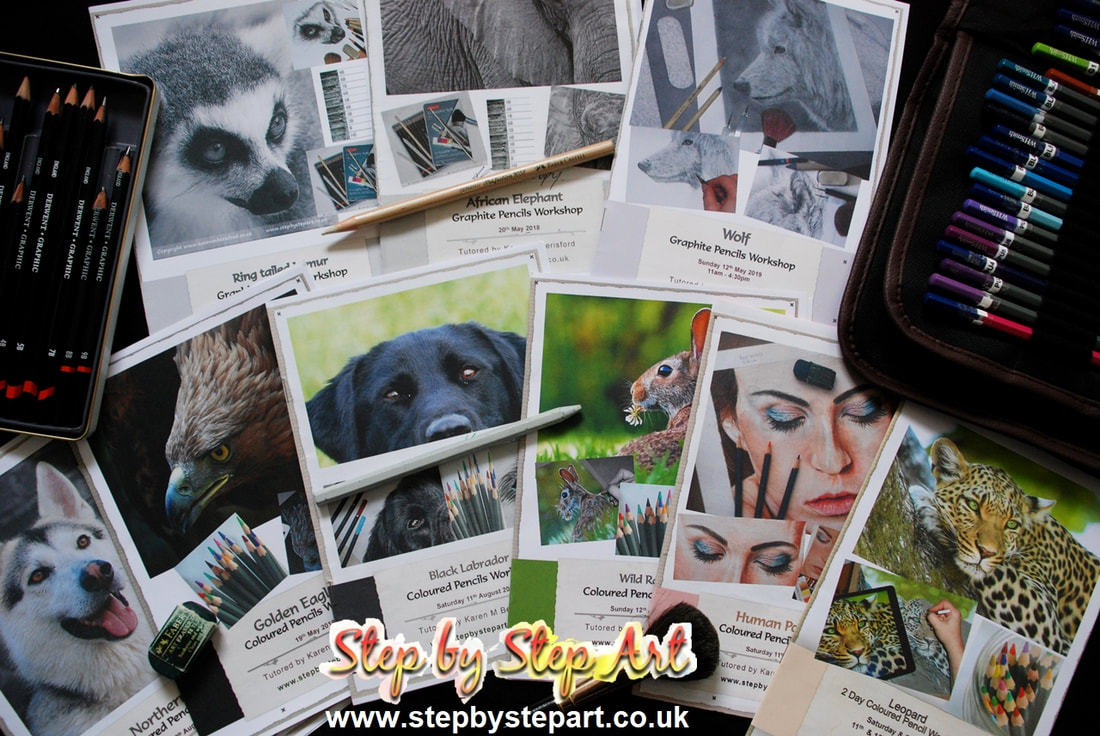
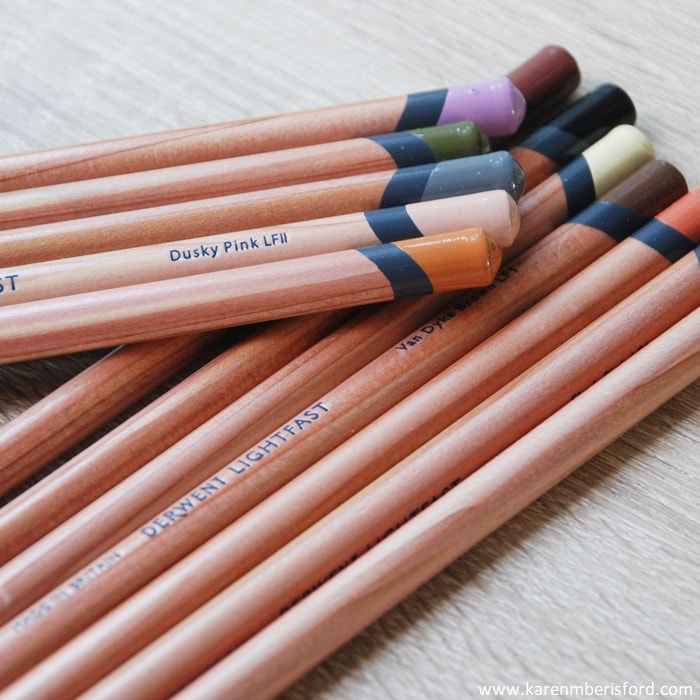
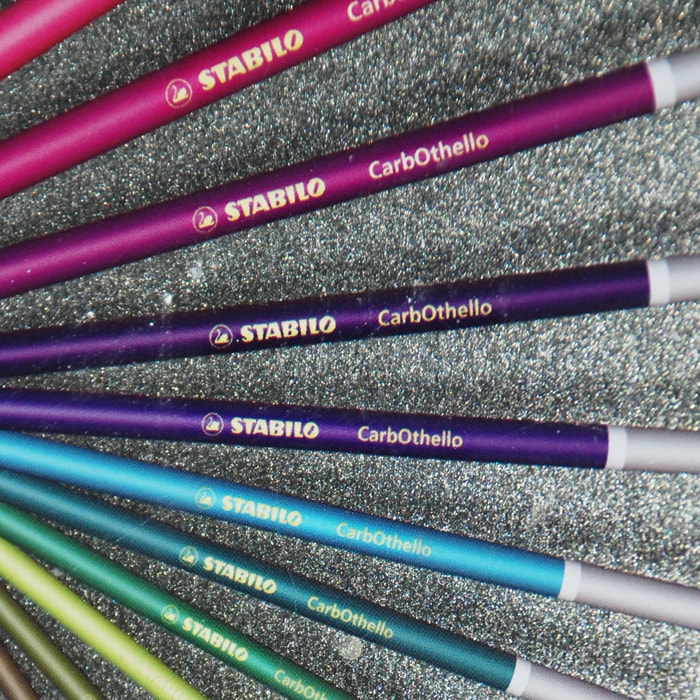
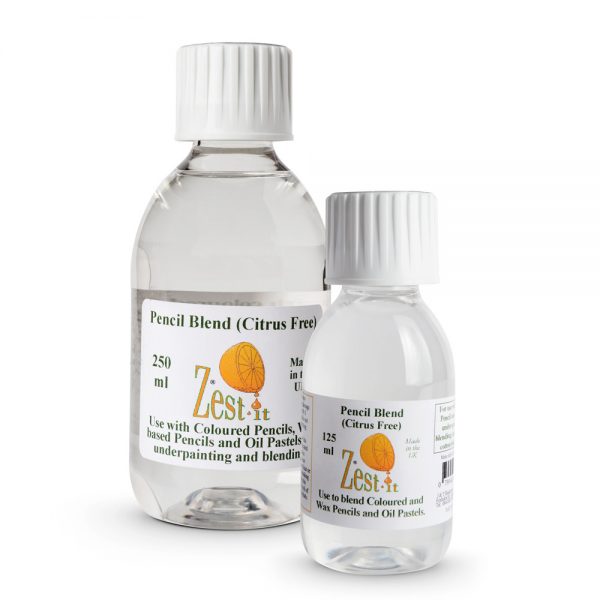
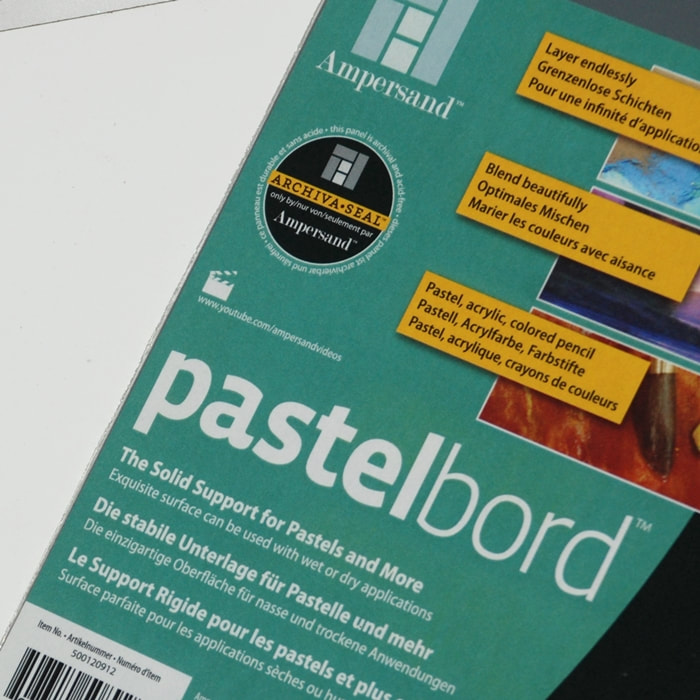
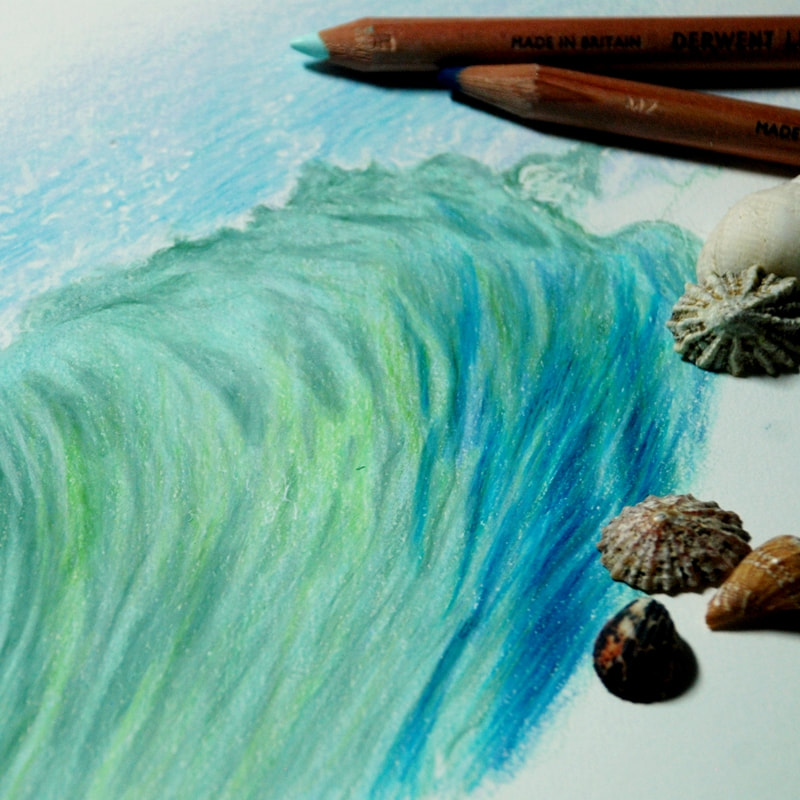
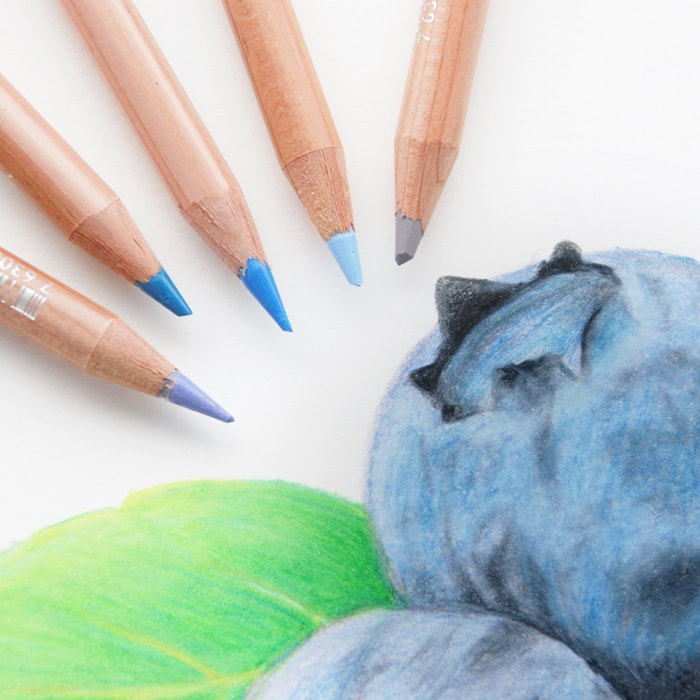

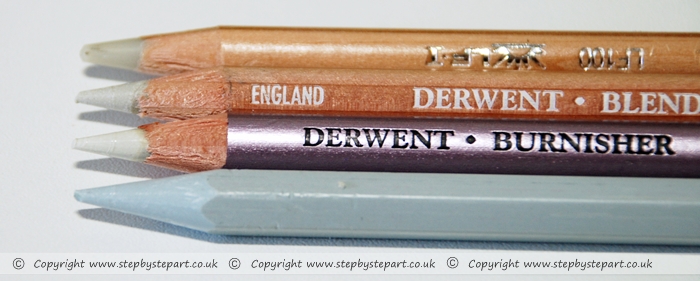
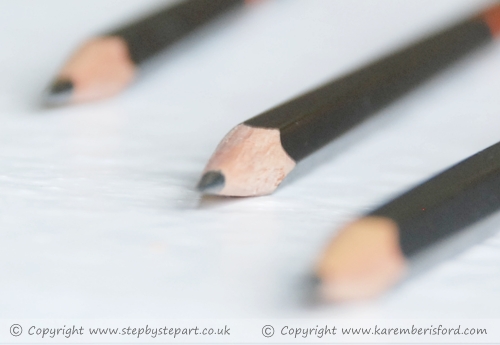



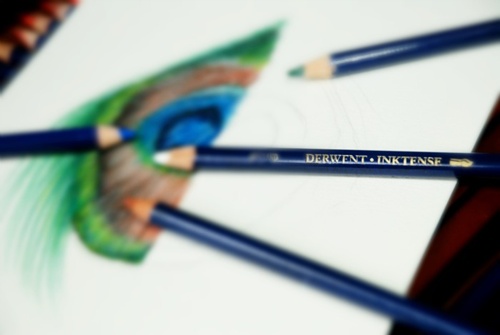
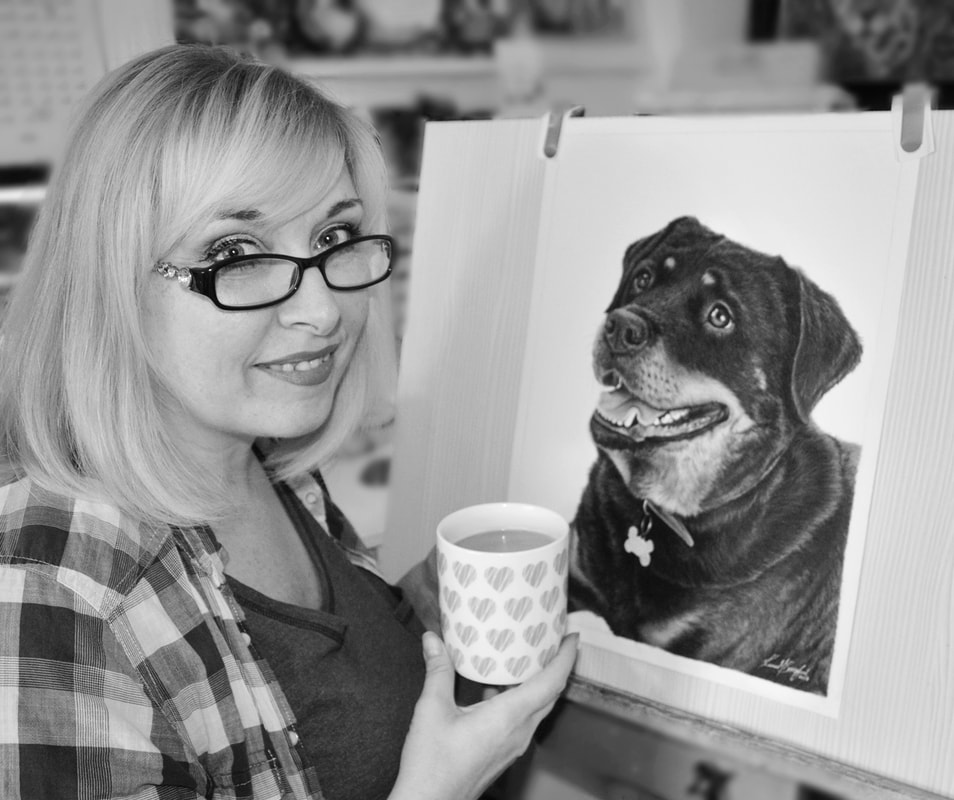
 RSS Feed
RSS Feed




